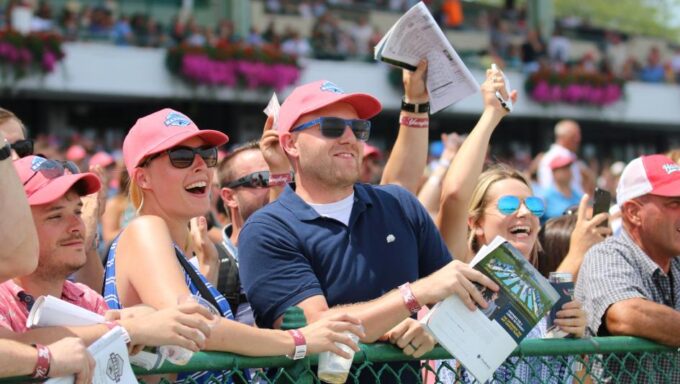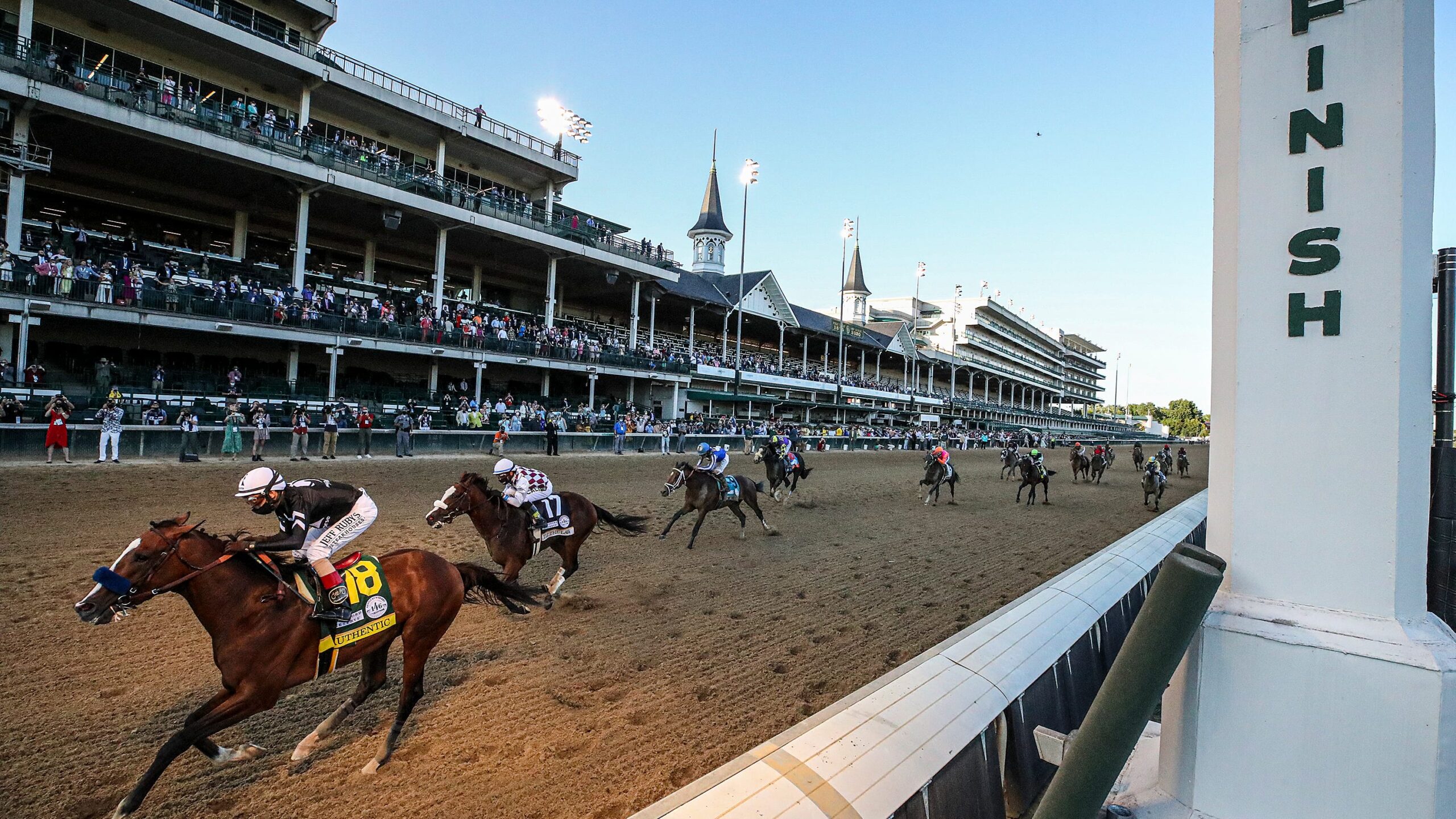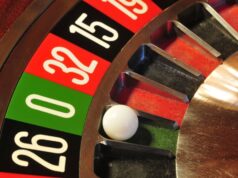The Kentucky Derby has many things. It is the longest-running sporting event in the United States. It is a celebration of the partnership between man and horse. It is an event patronized by two-dollar gamblers and the upper crust of society.
It is, in the words of author Hunter S. Thompson, “decadent and depraved,” and we as fans of American sports love every minute of it.
However, perhaps first and foremost, the Derby is a money-making venture for everyone involved, as you can see on the official sponsor website, TwinSpires.
How much profit can the Kentucky Derby generate? A lot, if you are in a position to reap those financial rewards.
But, What Is the Kentucky Derby?
The Derby is a world-renowned horse race that takes place annually on the first Saturday in May at Churchill Downs in Louisville, Kentucky, United States. It is known as “The Most Exciting Two Minutes in Sports” due to its intense speed and popularity.
The Kentucky Derby is the first leg of the Triple Crown of Thoroughbred Racing, which also includes the Preakness Stakes and the Belmont Stakes. The race is open to three-year-old thoroughbred horses and it covers a distance of 1 1/4 miles (2.0 km).
The event has a rich history dating back to its first running in 1875, making it one of the oldest sporting events in the United States. The race has become an iconic cultural event, known for its elaborate hats, mint juleps, and the singing of “My Old Kentucky Home” as the horses make their way to the starting gate.
The race attracts a large crowd of spectators from around the world and is considered one of the most prestigious events in horse racing. Many of the greatest horses in history, such as Secretariat, Citation, and Seattle Slew, have won the Kentucky Derby.
This year the race is scheduled to take place on the first Saturday of May. The derby is also known as the Run of the Roses.
Why Run of The Roses?
The Kentucky Derby is sometimes referred to as the “Run for the Roses” because of the garland of roses that is traditionally draped over the winner of the race.
The tradition of the garland of roses began in 1896 when Ben Brush won the Kentucky Derby and was given a wreath of white and pink roses. The following year, the president of Churchill Downs, Col. M. Lewis Clark, introduced the garland of red roses to symbolize the race’s association with the colors of the winning jockey’s silks.
The garland is made up of more than 400 roses and is a highly coveted prize among horse owners and trainers. It is presented to the winning horse in the winner’s circle after the race and is a symbol of the horse’s achievement and excellence.
The Run for the Roses has become a popular nickname for the Kentucky Derby and is often used to describe the race in promotional materials and media coverage.
The nickname is a testament to the race’s long-standing tradition and the significance of the garland of roses in horse racing history.
Have you ever wondered how big the sports betting industry is in the US and whether it will continue to grow in the future? Check out this article for insights and analysis.
Profit For Churchill Downs
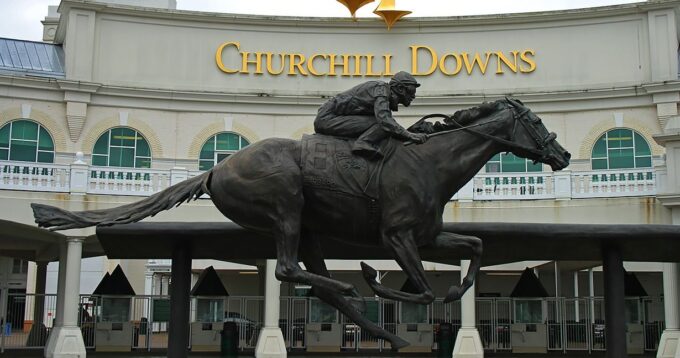
Churchill Downs, the host track for the Kentucky Derby, stands to make the most direct profit from the race. They draw revenue from entry fees, stall space, use of their facilities, ticket prices, and the sale of souvenirs and amenities. Churchill Downs also owns many other casinos, racetracks, and gaming facilities, which all pull in revenue from Kentucky Derby wagers.
Last year, Churchill Downs pulled in approximately $339.3 million of net income for the second quarter, which included reported record-setting wagering both at the track and online. Although this fell slightly short of the projected income, it far outpaced the income from the second quarter of 2021.
Profit For Louisville, Kentucky
As the host city for the Kentucky Derby, Louisville also makes a tidy profit from the race. The city generally brings in about $400 million from tourism over Derby weekend.
Local businesses, particularly restaurants, hotels, and transportation services, are typically booked to capacity at this time.
Profit For The Derby Winner
The total purse for the Kentucky Derby is $3 million, of which $1.86 million is presented to the winner. The primary beneficiary of this allotment is, of course, the horse’s owner, but the trainer and jockey typically receive about 10% each of the winning amounts.
Trainers and jockeys also receive a huge boost to their professional credentials, meaning that they stand to gain further prestigious (and lucrative) clients.
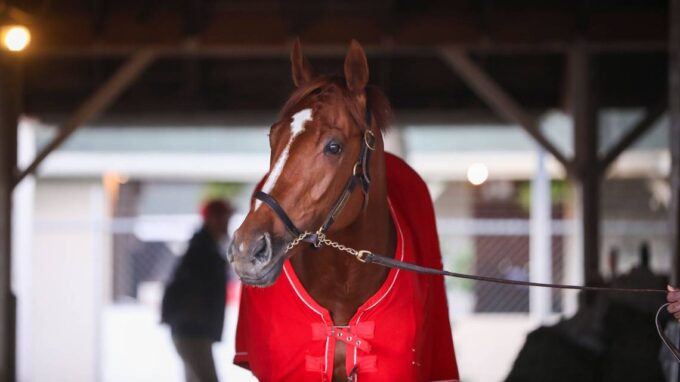
Kentucky Derby winners are also valuable as stallion prospects. The last five Kentucky Derby winners to be retired to stud (Mandaloun, Authentic, Country House, Justify, and Always Dreaming) stood for an average stud fee of $56,500 in their first year of breeding.
Considering that a stallion can easily breed 100 mares in a season, this is hardly insignificant money, and while poor performance at stud can cause the fee to fall, a few brilliant offspring can cause it to skyrocket.
Profit For The Winning Bettors
Profit at the Kentucky Derby is not restricted to those professionally enmeshed in the sport, or rich enough to own racehorses or racetracks.
Indeed, most of the people who make a profit at the Derby are ordinary people who put a few dollars on a horse they thought had a chance and were lucky enough to be correct.
Last year’s winner, Rich Strike, left the gate at odds of 80-1. That meant that those few people who had put a two-dollar win bet on him walked away with a profit of approximately $160.00.
Of course, Rich Strike’s win was a betting anomaly, but even in an “ordinary” year, betting on a Derby winner will net their backer a nice profit. The average winning odds in the five runnings prior to 2022 was approximately 18.66-1, meaning that a two-dollar win bet would bring back an average of $37.32. If you are betting higher dollar amounts, your risk increases, but of course, so does your reward.
